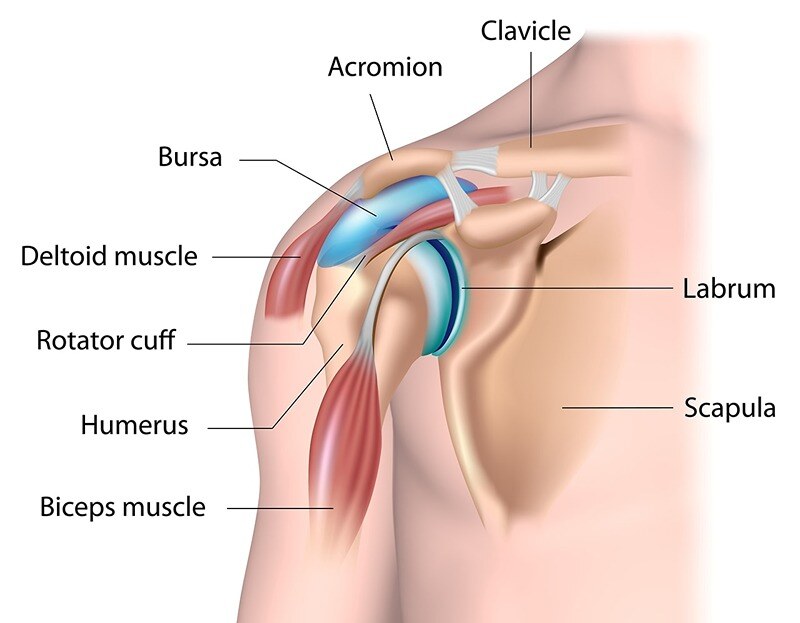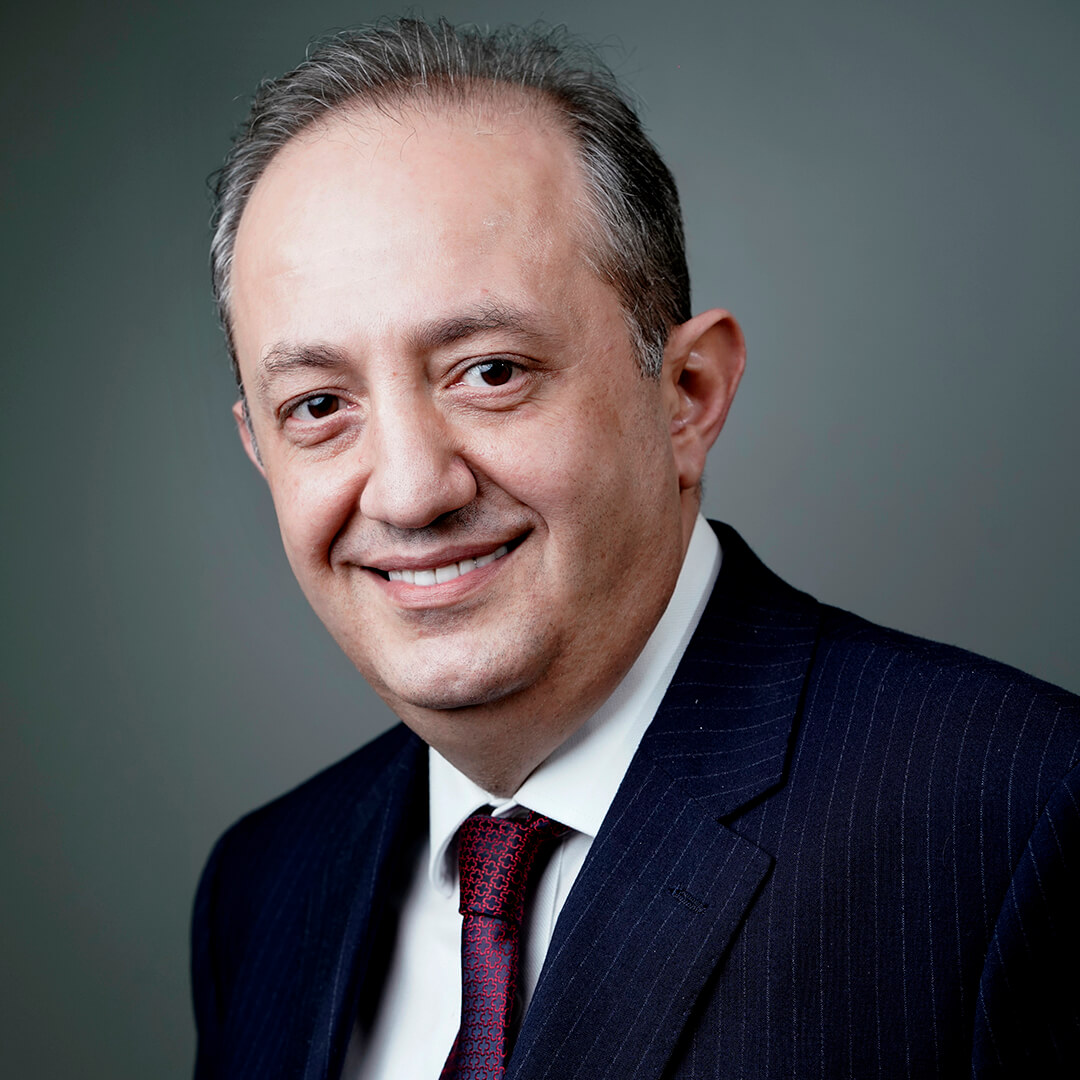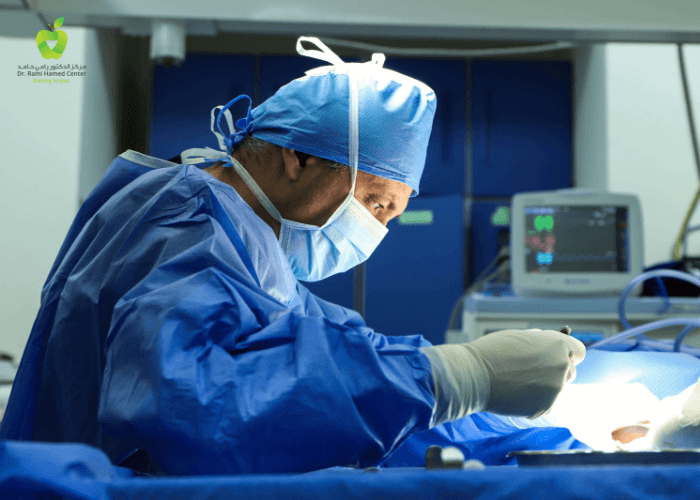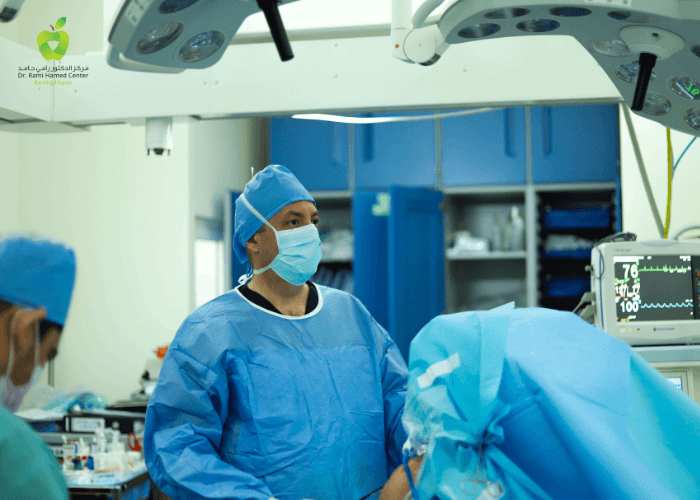Shoulder Labral Tears at DRHC Dubai Sports Injuries Clinic
Shoulder labral tears are a common injury among athletes, especially those involved in sports that require repetitive overhead motions, such as tennis, baseball, volleyball, and swimming. The labrum is a ring of cartilage that surrounds the socket of the shoulder joint, providing stability and cushioning for the shoulder. A tear in this cartilage can lead to pain, instability, and limited movement, significantly affecting an athlete’s performance and quality of life.
What is a Shoulder Labral Tear?
The labrum acts as a stabilizer for the shoulder joint, helping to keep the head of the arm bone (humerus) securely in the socket (glenoid). A labral tear occurs when this cartilage is damaged due to trauma, overuse, or repetitive stress on the shoulder joint. Labral tears are especially common in athletes who frequently use overhead movements in their sports.
There are different types of shoulder labral tears, with the most common ones being:
- SLAP Tear (Superior Labrum Anterior and Posterior): A tear in the upper part of the labrum, where the biceps tendon attaches to the shoulder. SLAP tears are commonly seen in baseball players, swimmers, and tennis players due to the repetitive overhead motions involved.
- Bankart Tear: A tear in the lower part of the labrum, often associated with shoulder dislocations. This type of tear is more common in contact sports like rugby, football, and basketball.
- Posterior Labral Tear: A less common tear that occurs in the back of the shoulder joint, often caused by repeated stress or trauma to the shoulder.
Causes of Shoulder Labral Tears
Labral tears can be caused by a variety of factors, many of which are linked to sports injuries. Common causes include:
- Repetitive Overhead Motions: Sports like baseball, swimming, and tennis require constant overhead movements, which can place strain on the labrum over time and lead to a tear.
- Trauma: A direct blow to the shoulder, such as a fall on an outstretched arm or a collision during contact sports, can damage the labrum.
- Shoulder Dislocation: When the shoulder dislocates, it can tear the labrum, particularly in the case of Bankart tears.
- Overuse: Repetitive lifting or high-impact motions in sports or heavy labor can cause wear and tear on the labrum, leading to injury.
Symptoms of Shoulder Labral Tears
The symptoms of a labral tear can vary depending on the type and severity of the tear, but common signs include:
- Shoulder Pain: Pain during movement, especially overhead activities, or after intense sports activity.
- Clicking or Popping Sensation: A feeling or sound of clicking, popping, or grinding in the shoulder during movement.
- Shoulder Instability: A sensation that the shoulder is loose or may dislocate, particularly during physical activity.
- Decreased Range of Motion: Difficulty in lifting or rotating the arm, especially above the head.
- Weakness: Reduced strength in the shoulder, affecting performance in sports.
Diagnosis of Shoulder Labral Tears
At DRHC Dubai, diagnosing a shoulder labral tear involves a comprehensive assessment by our orthopedic specialists. The process typically includes:
- Physical Examination: Your doctor will evaluate your shoulder’s range of motion, stability, and strength, checking for any pain or mechanical symptoms.
- Imaging Tests: An MRI scan with contrast dye is commonly used to visualize the labrum and detect any tears. In some cases, an X-ray may be done to rule out other shoulder issues, such as fractures or dislocations.
- Arthroscopy: In certain cases, shoulder arthroscopy may be recommended for a definitive diagnosis. This minimally invasive procedure allows the surgeon to directly visualize the labrum and confirm the extent of the damage.
Treatment Options for Shoulder Labral Tears
At DRHC Dubai, we offer a range of treatments for shoulder labral tears, customized to each patient’s injury severity, sport, and lifestyle.
Non-Surgical Treatment
For mild to moderate labral tears, especially in non-athletes, non-surgical treatment may be effective. This includes:
- Rest and Activity Modification: Reducing activities that aggravate the shoulder, particularly overhead movements, to allow the labrum to heal.
- Physical Therapy: A targeted rehabilitation program aimed at strengthening the muscles around the shoulder, improving flexibility, and stabilizing the joint.
- Anti-inflammatory Medications: To help reduce pain and inflammation, particularly after acute injuries.
- Injections: In some cases, corticosteroid injections may be recommended to alleviate pain and inflammation in the shoulder.
Surgical Treatment
If non-surgical methods fail to relieve symptoms, or in cases of more severe tears (such as in athletes who wish to return to sports quickly), surgery may be necessary. At DRHC Dubai, we specialize in arthroscopic shoulder surgery, a minimally invasive procedure to repair labral tears with small incisions. Common surgical approaches include:
- Labral Repair: Reattaching the torn labrum to the shoulder socket with sutures or anchors to restore shoulder stability.
- Debridement: Removing any frayed or damaged portions of the labrum to relieve symptoms in cases of smaller tears.
- Capsular Shifts: In cases of recurrent shoulder dislocations due to labral tears, this procedure tightens the joint capsule to prevent future dislocations.
Recovery and Rehabilitation
The recovery process following a shoulder labral tear depends on the severity of the injury and the treatment chosen. At DRHC Dubai, we offer personalized rehabilitation programs designed to help patients regain full function and return to their sports as quickly and safely as possible.
- Post-Surgery Recovery: After surgery, patients typically wear a sling for several weeks to protect the shoulder and allow the labrum to heal. Physical therapy begins soon after, focusing on restoring range of motion and gradually building strength in the shoulder.
- Return to Sports: Athletes can generally expect to return to non-contact sports within 3 to 6 months and contact sports within 6 to 9 months, depending on the progress of their rehabilitation and the demands of their sport.
Preventing Shoulder Labral Tears
Preventing shoulder labral tears, especially for athletes, involves:
- Proper Warm-up: Always perform a proper warm-up and stretching routine before sports activities, focusing on shoulder mobility.
- Strengthening Exercises: Regularly strengthening the rotator cuff and shoulder muscles to enhance joint stability.
- Good Technique: Ensure that proper techniques are used in sports to reduce stress on the shoulder, especially during overhead movements.
- Rest and Recovery: Allowing sufficient time for rest and recovery between intense training sessions or games to avoid overuse injuries.
Why Choose DRHC Dubai for Shoulder Labral Tear Treatment?
At DRHC Dubai, we offer world-class orthopedic care tailored to athletes and active individuals suffering from shoulder labral tears. Our team of experienced orthopedic surgeons and sports medicine specialists is committed to providing:
- Expert Diagnosis: Using advanced imaging and diagnostic techniques to accurately assess shoulder injuries.
- Customized Treatment Plans: Offering both non-surgical and minimally invasive surgical solutions based on the individual needs of each patient.
- Sports-Specific Care: Helping athletes recover and return to their sport as quickly and safely as possible, with personalized rehabilitation programs designed to optimize recovery.
- State-of-the-Art Facilities: Equipped with the latest technology for both diagnosis and treatment of shoulder injuries, ensuring the highest standard of care.
.png?width=281&height=59&name=bookanappointment%20(1).png)
Orthopedic clinic Dubai at DRHC provides advanced shoulder arthroscopy procedures, shoulder surgery, and treatment for shoulder pain, rotator cuff injuries, frozen shoulder, dislocated shoulder, shoulder impingement, and a lot more. Call +97142798200 to Schedule Your Appointment Today.




.png?width=281&height=59&name=bookanappointment%20(1).png)




.jpg)
